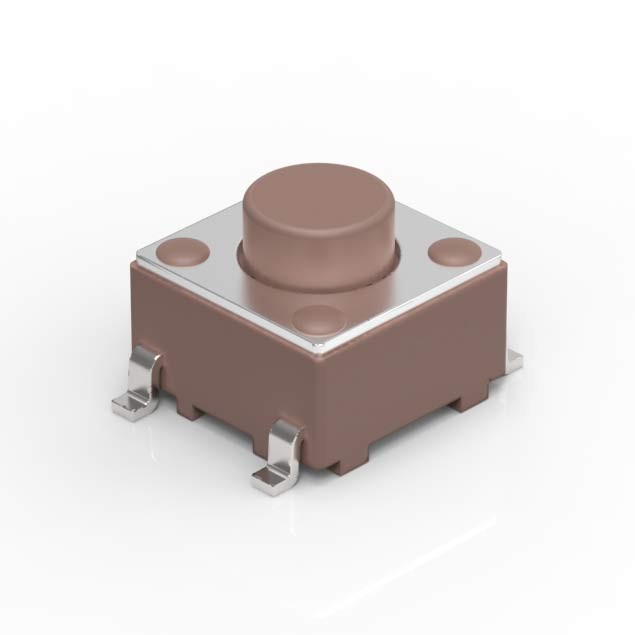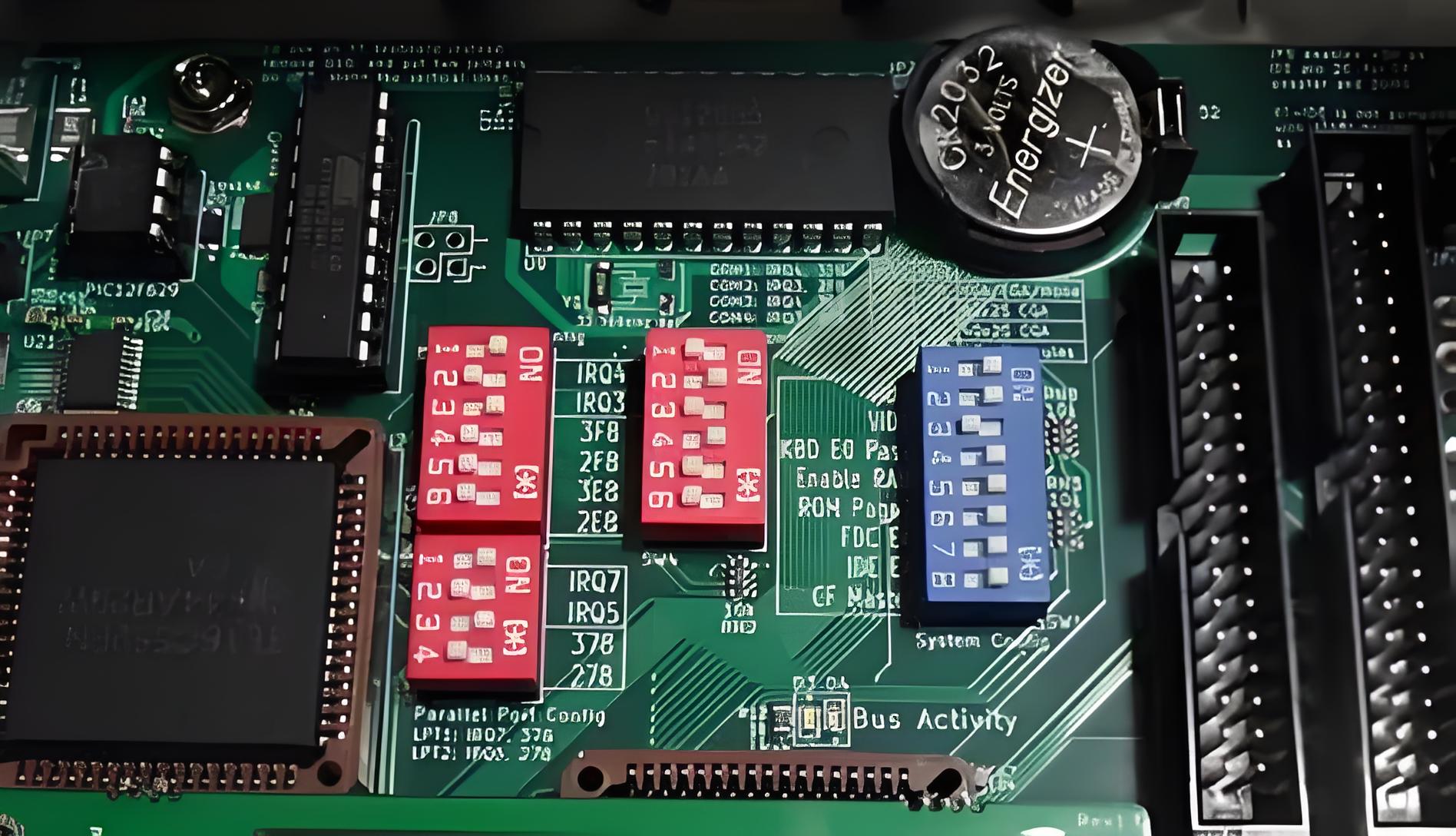What are the Differences between Tactile Switches and Momentary Switches?

1. Momentary switch
Momentary switches are called "momentary" because the electrical state of the momentary switch is momentary or momentary. When the switch is pressed, the circuit is completed, and when the switch is released, the circuit is turned on again.
The term "momentary switch" is more generic and can be applied to different types of switches, including tactile switches.
2. Tactile switch
Tactile switches specifically refer to switches with a physical or tactile feedback mechanism. Tactile switches are designed to provide the user with a noticeable click or click when pressed, giving them confirmation that the switch has been actuated.
What are the similarities between tactile switches and momentary switches?
Both tactile and momentary switches are designed to make or break an electrical connection only when pressed or actuated. Tactile and momentary switches are usually spring-loaded and return to their original position when released, breaking the circuit.
This makes tactile and momentary switches ideal for applications that require temporary activation, such as keypad, push button, or doorbell switches.
Summarize
While both terms can be used to describe the same type of switch, "tactile switch" emphasizes the presence of tactile feedback, while "momentary switch" refers to the temporary nature of the electrical connection provided by the switch.


